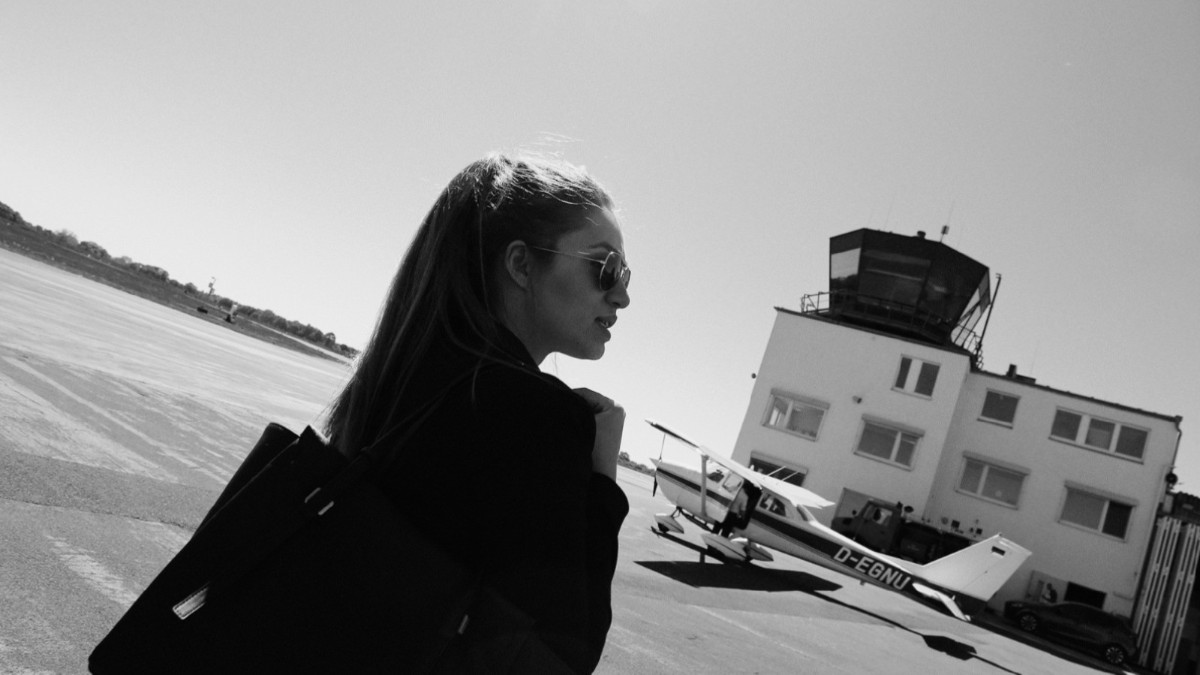
A Case Study
Narrative | Dramatic Features
Film Name: “TIME” by Hans Zimmer
Genre: Experimental Music Video
Date: November 13th, 2020
Director: Shahrzad Mazloumsaki
Producer: Shahrzad Mazloumsaki
Concept/Writer: Shahrzad Mazloumsaki
Cinematographer: Victor Oonk
Production Company: Lifton Media
Budget: No Budget
Financing: Self-financed
Shooting Format: 4K 4096×2160 REDCODE
Screening Format: 4K / 2K / HD Digital – YouTube, Vimeo
World Premiere: November 14th, 2020. Announced winner “Enter the world of Hans Zimmer-Contest” Dec. 10th, 2020
Awards:
– Winner Enter the world of Hans Zimmer – Contest;
– Finalist Rome Independent Prisma Awards;
– Official Selection Lift-Off Online Sessions;
Website
indieactivity: Tell us about “who you are”?
Shahrzad Mazloumsaki (SM): I am Shahrzad, a director and producer from Germany. I work in my own film production company which I founded with my business partner and cinematographer Victor Oonk in 2018. I was born in Iran, moved to Germany when I was a child, and still live here. After pursuing an acting career for several years and constantly being on film sets, I fell in love with working behind the camera. Since then, I did a lot of projects such as a Documentary called “The Speaker”, several short films, and music videos. Directing however is something I want to explore further because it gives me a lot of artistic freedom.
The Official Contest Winner for “Enter The World of Hans Zimmer” directed by Shahrzad Mazloumsaki
Introduce your music video: What do we see and what happens there?
Shahrzad Mazloumsaki (SM): It is a music video like you probably never have seen before. We show 9 people from 5 different countries sitting on a chair talking to someone behind the camera. We shot in black and white, medium close to close-up, and muted everything they say, so you only hear the music. The people get very emotional during the video and are also gesturing with their hands. As soon as the song builds up, they are handed earphones which they put on and start listening. As the song keeps on building up, the people start to tear up, to cry, some of them nod with the rhythm, some smile and some are just lost in their thoughts. At the end of the video, they take the headphones off, showing relief and starting to laugh. Some are still thinking and processing the experience they just had. The video ends with one of the participants (Nina Karsten) looking right at the camera.
The persons they are talking to behind the camera are my Co-director Nada Ftouni and me. We interviewed them about their most tragic, traumatic, and emotional stories. After talking to them for a while, we gave them headphones to listen to “TIME” by Hans Zimmer and left the room. We recorded their emotions and came back to the room to talk about their auditive experience after our session.
We decided to shoot without any audio to give the participants the privacy to talk about traumatic events in their lives. We also want the audience to focus on their emotions, the eyes, the expressions. Words can be very distracting and so can colors. That is why we also decided to shoot it in black and white. I just wanted to draw all the attention to the emotions of every single person.
At the end of the preproduction I agreed to be in the video as well, so did most of our crew members and even my mum.
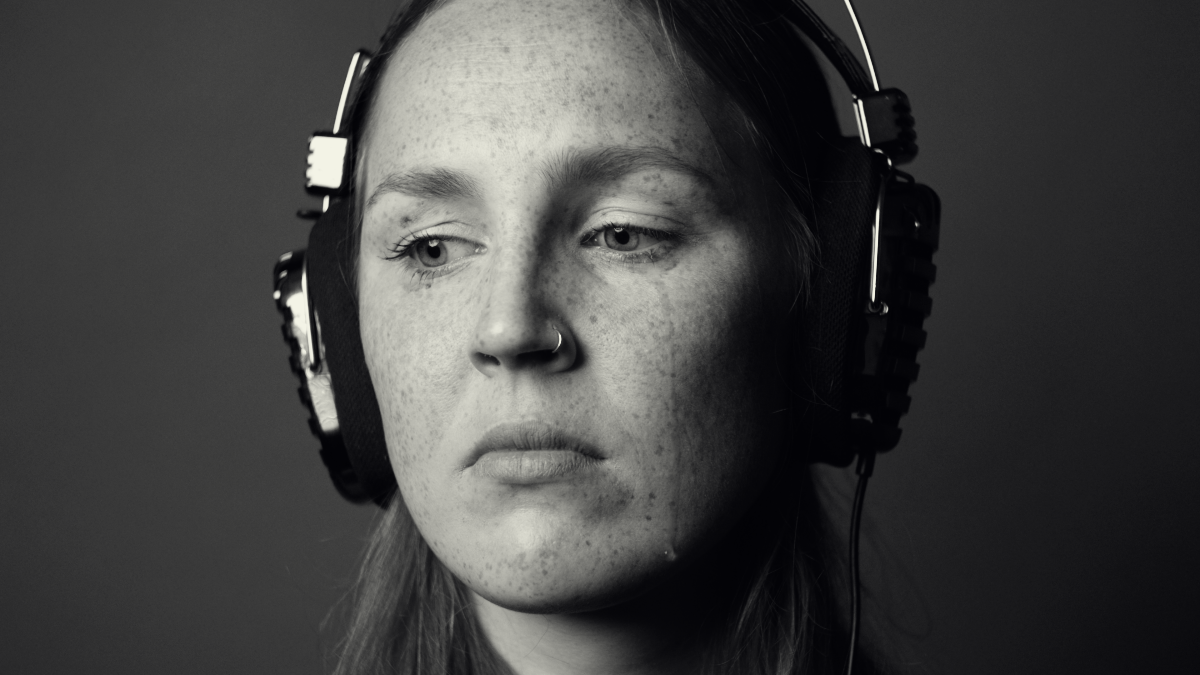
Tell us why you chose to participate in the contest? How did you come up with the concept?
SM: I decided to be part of the EtwoHZ-Contest as soon as I heard it. I immediately knew I wanted to do the video for “TIME” by Hans Zimmer. I mean, Christopher Nolan is royalty to me and Inception is one of the greatest films of all time.
I had the idea in my head for years and I just needed the right moment and reason to finally do it. I always wanted to portray authentic emotions which are so difficult to do, because we usually work with actors, and they are trained to show “staged” emotions most of the time. But I wanted raw emotions and real tears people would normally try to hide. I also wanted people to smile or laugh, reflect and remember.
“TIME” was perfect for this idea. Everyone has their very own memories and stories linked to this masterpiece. It makes some people happy, some sad and some even relive traumatic experiences. I just thought Hans would love to see how people react when they listen to it.
You could say that this video is a heartfelt tribute to Hans Zimmer’s “TIME” and human emotions. We had no budget for this project but we put all our heart into it to make it happen. Everyone was so passionate about this idea and believed in the concept, which is why we managed to get it done in 3 days.
Christopher Nolan once said that when you start making films when you have very little or nothing, you learn to use all your resources around you and create a team with your friends. That is exactly what we did.
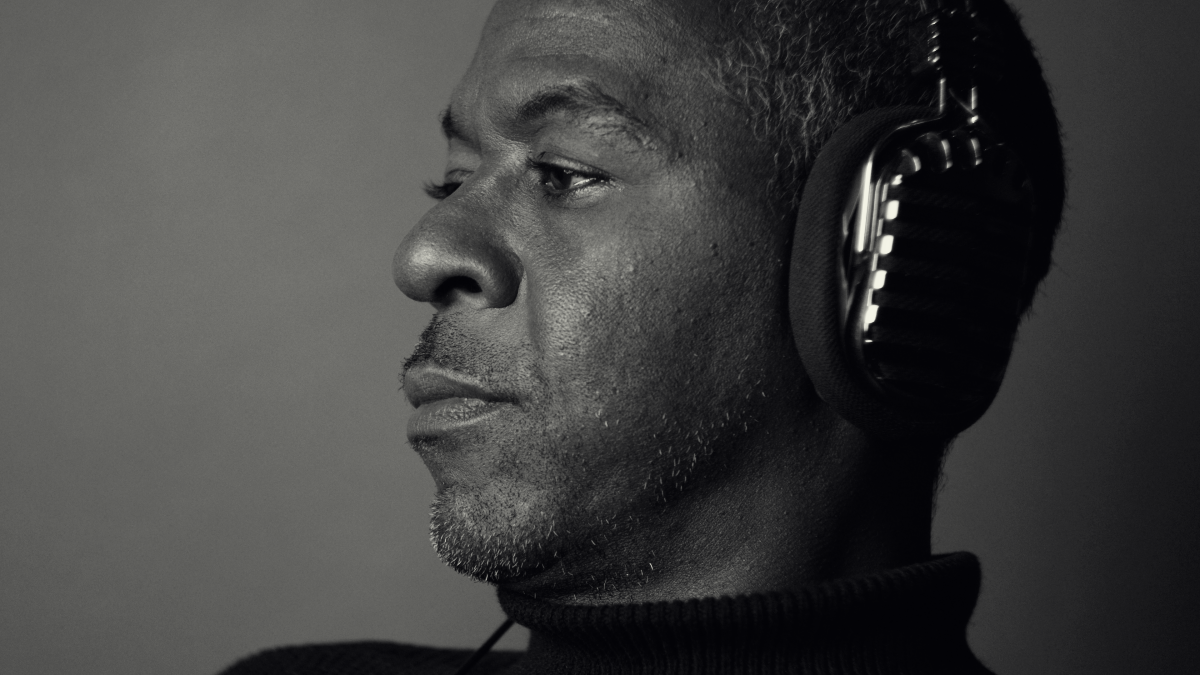
Introduce your crew?
SM: I am very blessed to be able to do a video like this with a passionate crew of very talented people and I think you can achieve anything if you have those kinds of people around you. We did the video with a team of only 5 people because the pandemic made it difficult and unsafe for us to work with a big team.
The cinematographer and editor Victor Oonk is my business partner and my friend. We worked on numerous projects together very successfully and effortlessly. He really understands people’s visions and translates them into pictures so beautifully. This makes him one of the most talented filmmakers I have ever met. He is just 27 years old but worked as a successful cinematographer for over 7 years and really made a name for himself.
My best friend Nada Ftouni co-directed this project with me for a lot of reasons. I needed someone with therapeutical experience and Nada is not only the most empathic person in the world but has worked in Psychiatry before so I knew she was the perfect person to do the interviews with me. I focused on the picture, and Nada focused on the people and led them through their emotional journey. She did a fantastic job and asked questions I would have never asked myself and the participants trusted her right away.
Christina Röttgermann was our Production’s Assistant and she is always on top of every situation which makes her a person you definitely want to have on your set. In Lifton Media, she handles our press and PR, which she also does phenomenally.
Last but not least my amazing boyfriend Alexander Kreis helped me a lot to get this done as my AD and supported me and the project to the fullest. He works mainly in the 3D-printing business but was a gigantic help in organizing and discussing the concept back and forth with me.
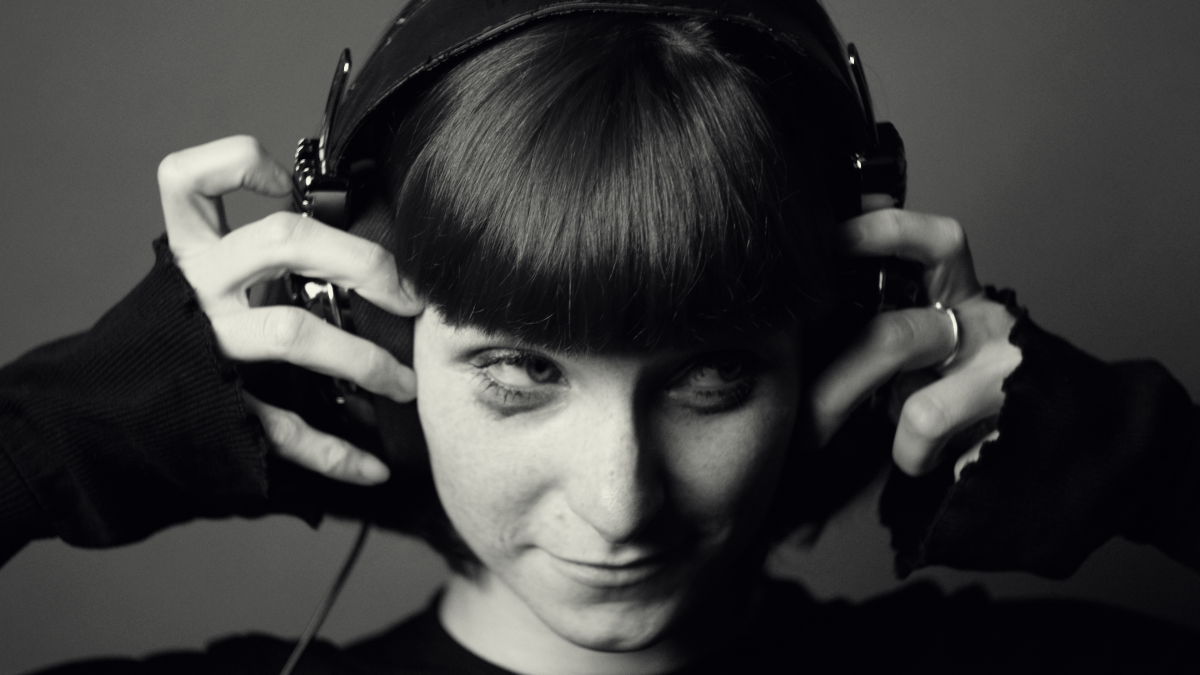
What are your personal experiences putting on all these hats/responsibilities (simultaneously)? Tell us about story, writing, and production?
SM: Since it was a music video production the “hats” were not that big of a deal for me. The challenging part was finding people who are ready to share their stories. I know how to direct actors but having real people in front of the camera- without a script and experience- is really difficult for both parties. We really hoped they would trust the production enough to open up and share their vulnerable moments with us, which is not an easy thing to do. But they did it! The first thing I thought when I won this contest was “This win is for the people who opened their hearts for this video!”
What is the source of the idea?
SM: I attended a lot of acting classes before I pursued my career as a professional filmmaker. I felt like I had to understand how the actors work and tried to explore every aspect of production. When in class my acting coach asked me to perform in my mother tongue which is Farsi. I wondered why he made me act in a language he can’t even understand. Then I realized why. Our face and our expressions are stronger than a lot of people might think. We sometimes stick to our story so hard and tell our intimate experiences to be seen and to be understood. But in this case, I felt like that is distracting; it is more about the face, the genuine emotions. Some stories are harmless to people and some are traumatizing. The facial expression can still remain the same. I wanted to take the evaluation of the stories out and just focus on how the person feels by showing them in this way.
Visually I was inspired by the Apple TV-Commercial “The Storytellers behind Apple TV+”, where a lot of actors and directors talk about filmmaking. I just loved how you could really see their eyes lighting up when they passionately talked about what they do. I felt that this is the look that suits my concept.
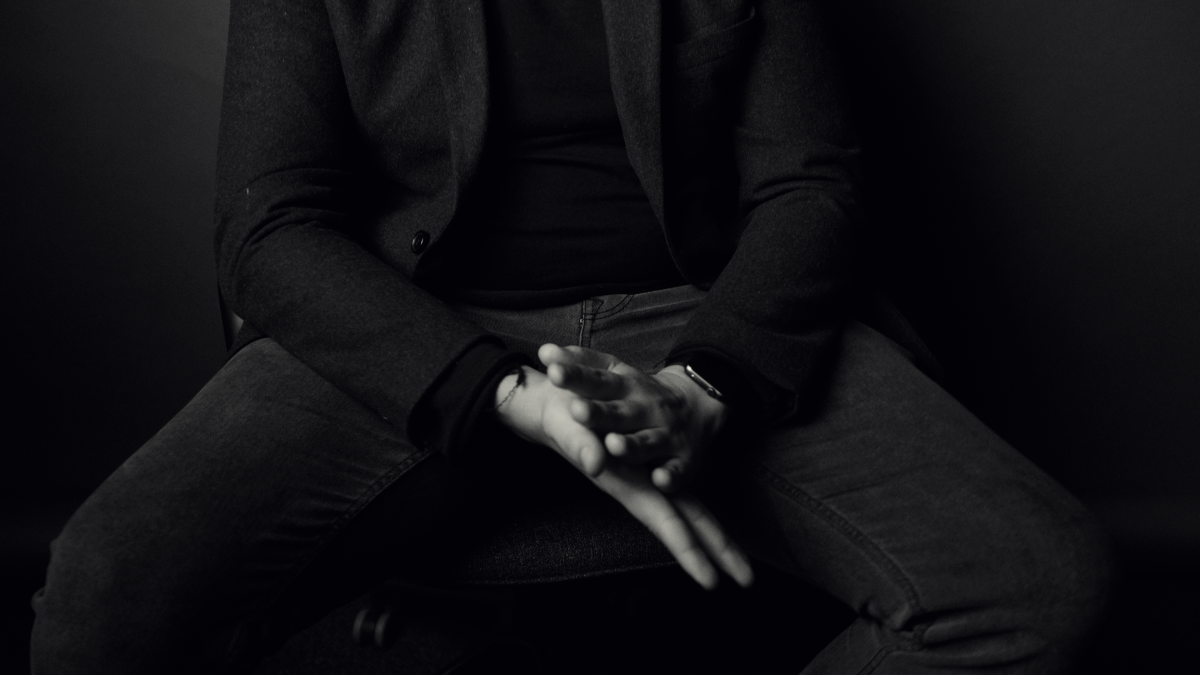
Let’s talk pre-production: take us through a timeline of how you started and ended it?
SM: It all started on Instagram. I just did a few IG-stories asking for people who might be interested in being part of this. To my surprise a lot of people contacted me. Even people I was sure are too shy to be in front of the camera! And then we set up a date, made sure everything was safe in terms of Covid-19, and started shooting two weeks later. The shoot lasted for three days and the editing took another 3 weeks. That was it.
What was your rehearsal process and period?
SM: I just talked to the people and prepared them for the interviews. Some people thought they had to cry but I took the pressure off them by telling them just to be genuine and honest. Crying is not always the strongest emotion.
You shot the film in days. How long were your days?
SM: Due to Covid-19 we had to make sure we shoot somewhere where we don’t get in touch with too many people. Luckily we partnered up with Brace Enterprise, which is a company located in Bochum and they let us shoot in their studio. We basically just set up everything, built the set, and could get in there every day and start shooting. It was just a few hours a day.
During the film production, what scene (that made the cut) was the hardest to shoot? And why?
SM: In this video, my mum was brave enough to participate, too. I was very happy about that, but I also knew it would be very tough for me to have those conversations with her. Not even my co-director was there because she needed more privacy. She told me things about my childhood and looked at my childhood photos while doing so and that was pretty intense. I love the scene where she points at a picture of me and starts tearing up. I really love that.
In general, it was very intense to listen to what those people went through in their lives. I am forever grateful for this experience and Nada especially was very touched and happy to be part of such a special production.
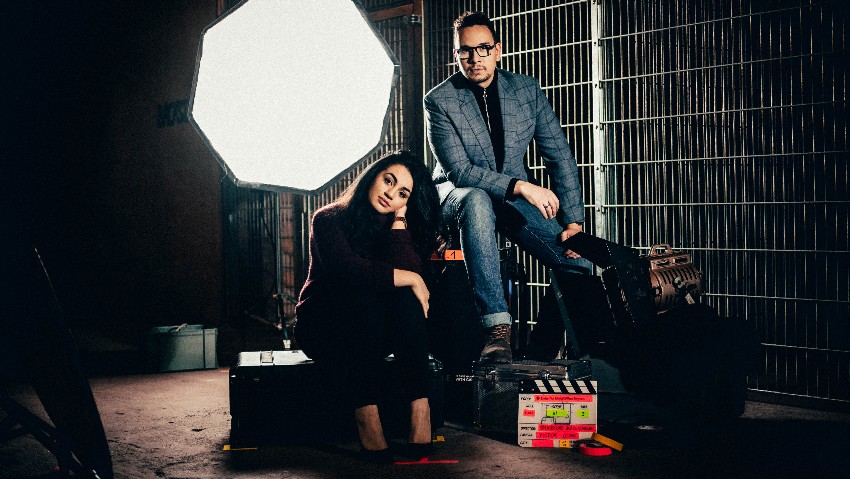
What were the advantages and disadvantages of the way you worked?
SM: One of the big advantages we had on this project was shooting in black and white and not recording sound. This eliminated two major aspects that can be challenging in other shoots. This and because we only had a simple backdrop without any props we only had to focus on the people. Additionally, all this spared our high costs.
But the disadvantage with projects like this is how to keep people watching this video without getting bored. You need something that glues you to what is happening in the video. You have to create tension and a video that is visually stimulating without any color, movement, and sound. You have to have a build-up and a release. We utilized everything we had and Victor really did an incredible job cutting it which is truly a challenge with a video like that. Luckily the song is so strong that it carries the pictures well and vice-versa.
I am very empathic. And that is something I carry into my work a lot. I feel like if you get on a good level with everyone on set and if you are kind and understanding, people will feel more comfortable working with you and the results will speak for themselves. In this project especially the team and I really put a lot of love and care into the shoot and I feel like it helped to turn the project into what it is now.
What was the experience like of working with a small shooting crew?
SM: It felt like working with family!
The film looks stunning. How did you get such a good look when shooting so fast?
SM: We shot with a RED Scarlet MX in 4K and worked with Sigma Art 18-35mm HSM and Helios 44-2 2/58mm. But I think what makes this video what it is is the cut. It is very difficult to make it look interesting without any story or colors.
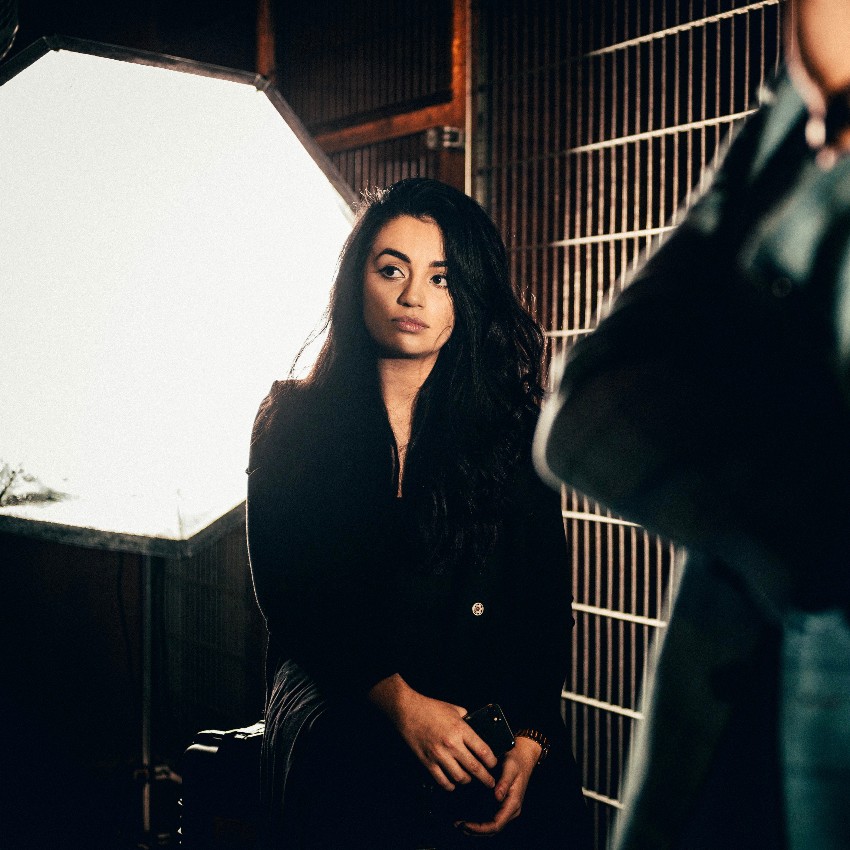
When did you form your production company – and what was the original motivation for its formation?
SM: We formed the company in April of 2018 after we shot our first short film “Lula & Miguel” directed by Jon Darcelien. I produced the film, Victor did the cinematography. After shooting we figured it makes perfect sense to continue working in a company together. We work in a very symbiotic, supportive, and constructive way with each other which is not only rare in the film business but also the foundation of having a great creative exchange.
What was the first project out of the gate?
SM: Our short film “Lula & Miguel” premiered on YouTube and Vimeo in February this year.
What about independent filmmaking and the business do you still struggle with?
SM: We struggled a lot! Mainly to be acknowledged for our work and artistry. Unfortunately, talent alone doesn’t get you where you want to be. You also have a lot of internal struggles, too. Am I doing the right thing? Will this film sell? Am I on the right path in my life? But we embrace it and keep on doing what we love and we still enjoy every part of it.
We are so new to the game that I feel a lot of struggle is about to come but I am ready to learn and grow.
Where do you think your strengths should lie as a filmmaker?
SM: I like to stay focused and try not to have anything that could distract me. E.g. I used to smoke and thank god I quit because that would have distracted me on set. You need to have a lot of grit and realize that a lot of things will not work as planned. You always have to have a plan B and there always is a plan B. What has been very helpful to me is that I always try to be a nice person and make the people comfortable who work with me. Creating a work environment that feels good really creates magic when it comes to art.
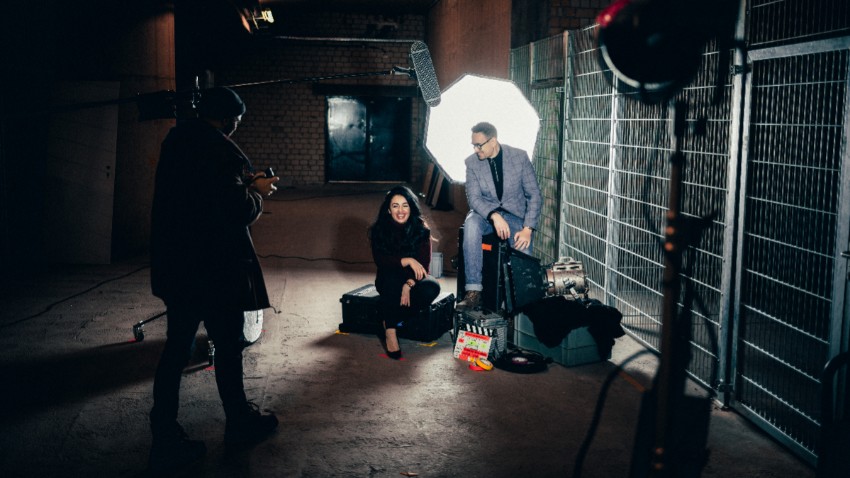
Let’s talk finance, How did you finance the film?
SM: We basically just financed it ourselves.
How much did you go over budget? How did you manage it?
SM: We didn’t go over budget, thanks to the simplicity of the concept.
How important is marketing? Talk about the festival tour?
SM: We started a film festival tour this winter and will start another one in the summer. Cross your fingers for us! Other than that I believe that marketing is everything! Especially in filmmaking where you compete for eyeballs. People have to see your film everywhere and have access to it and IF you are lucky enough, they decide to watch it.
What do you hope audiences will get from the presentation of your music video?
SM: I hope the audience watches it with an open heart. Be receptive to what happens in this film and I am sure it will touch you.
What else have you got in the works?
SM: Currently we have a lot going on. Besides shooting more music videos we are in the writing process of our first feature right now! We also plan to do a documentary about environmental issues. I am very excited about everything and can’t wait to show the world more of our work!
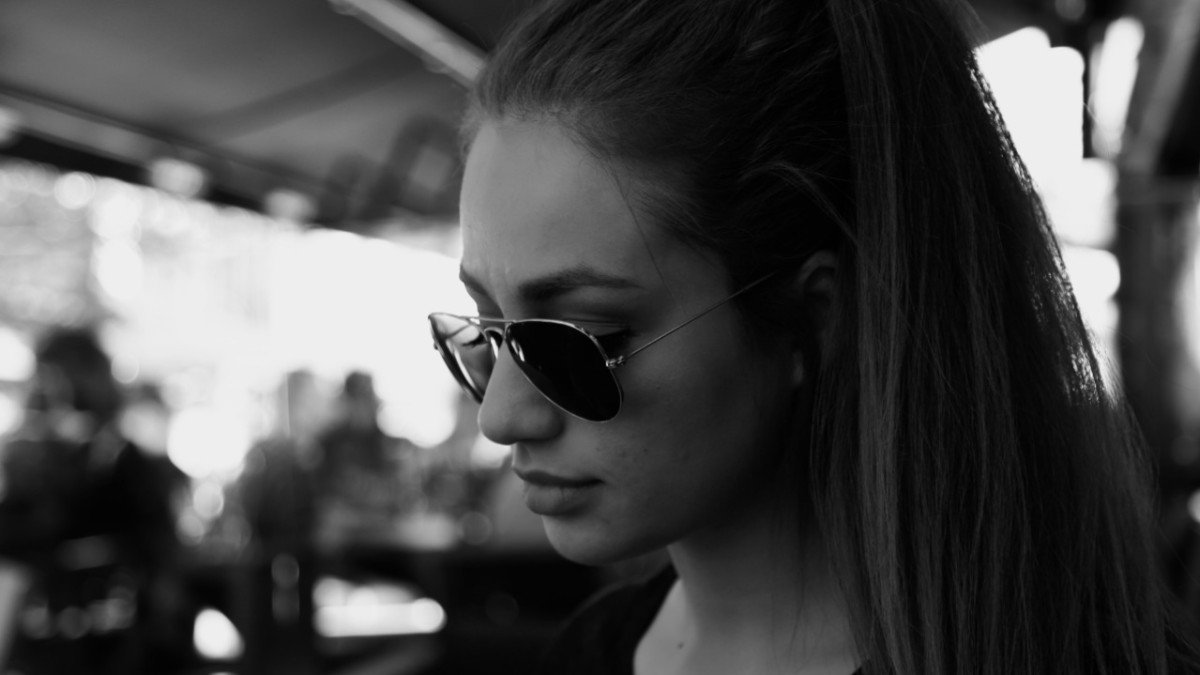
What did it feel like to win a major contest like this? And how did it change your life?
SM: I really try to remember how I felt but I just can’t recall. It is all blurry… I remember being home alone and literally jumping off the bed when I read the first three letters of the E-Mail. First I called Victor and asked him “PLEASE read this mail! Am I crazy?”. Then I called my boyfriend, my friends, my mum and we celebrated together.
Honestly, just participating in a Hans Zimmer-Contest after being a fan for so many years (seeing Hans Zimmer’s orchestra live in 2019 for the first time, knowing his music from all of my favorite movies) was the greatest thing ever. But to actually win definitely changed my life. And it is not about the win itself, it is about being selected from 400 entries all over the world by an incredible jury, including Hans Zimmer himself, which I can’t wrap my mind around. I now have more courage to go for my ideas and intuitions no matter how challenging they might be.
Since the contest, many people reached out to me and congratulated me. Everyone is being so sweet and supportive about this video and the reactions from people all over the world really humble me. Seeing how they feel about the video, how they analyze it and discuss it is the reason why I love what I am doing.
Tell us what you think of the Case Study for TIME (Hans Zimmer) by Shahrzad Mazloumsaki. What do you think of it? Genre? More genre? Let’s have your comments below and/or on Facebook or Instagram! Or join me on Twitter
Follow Shahrzad Mazloumsaki on Social Media
Website
IMDb
Facebook
Instagram
Vimeo
YouTube
MORE STORIES FOR YOU









